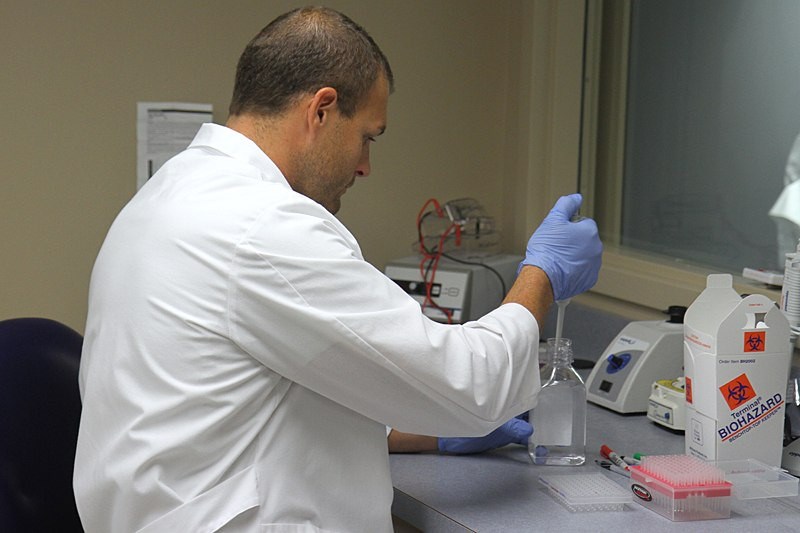A local DNA lab is trying to provide closure to the families of the Lac-Mégantic tragedy.
The Quebec coroner’s office is enlisting the help of Orchid PRO-DNA, a division of Gamma-Dynacare Medical Labs, to use a unique method of forensic identification to put a name to victims of this summer’s train derailment and explosion.
Amarjit Chahal, lab director and technical leader of Orchid PRO-DNA, said the lab was first contacted a little more than a month ago to use their mitochondrial testing technology. Orchid PRO-DNA is the only lab in Canada to use that form of testing.
Nuclear DNA testing is the conventional method, and is used for most basic forensic cases as well as paternity cases. But its uses can be limited as there are only two copies of nuclear DNA in each cell, which can often become compromised in small samples.
This is where the mitochondrial testing can come in handy, especially in mass disasters or historical cases.
“We would use the mitochondrial DNA technology because it has hundreds of copies per cell, so we have greater chance of getting the DNA profile,” Chahal explained. “Additionally it is used for identification of human remains from the First World War and Second World War, and the mass graves around the world where the DNA is degraded.”
Chahal said he was not able to confirm how samples the lab was working to identify, but there are eight of the 47 Lac-Mégantic victims that are still waiting to be identified.
A lot of the work the lab does involves the identification of victims from mass casualty situations, and Chahal said the workers take comfort in providing answers.
“These cases it is an incredibly feeling for our staff to provide closure to these families whether they are remains from First and Second World War or remains from mass disaster situations,” he said.
In addition to the mass casualty cases, the lab is becoming heavily involved in criminal cases. Various law enforcement agencies turn as a last resort to solve cases or to revive cold cases.
